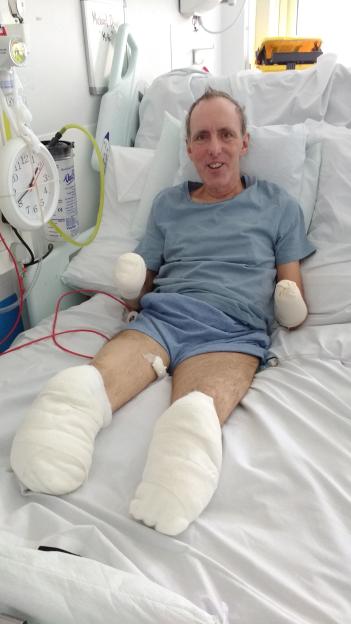A TEENAGE boy developed a life-threatening heart infection just days after undergoing trendy cupping therapy.
The otherwise healthy 17-year-old went to hospital with a , , and â all symptoms that pointed to an infection of sorts.
 The 17-year-old developed a life-threatening heart infection just days after undergoing trendy cupping therapy (stock image)
The 17-year-old developed a life-threatening heart infection just days after undergoing trendy cupping therapy (stock image) The popular wellness trend can create small cuts in the skin, providing an entry point for infections to get in (stock images)
The popular wellness trend can create small cuts in the skin, providing an entry point for infections to get in (stock images)Doctors in Syria ran that revealed his liver and spleen were enlarged, and fluid had built up in his tummy, suggesting his heart wasn’t pumping properly.
A chest scan showed small infected clots in his lungs, which doctors writing about the case in the Journal of the American College of Cardiology said had likely spread there from his heart.
An ultrasound of his heart confirmed their suspicions â there was a clump of infected tissue, known as a vegetation, stuck to his valve.
They diagnosed him with â a severe, and potentially life-threatening infection of the heart lining.
If untreated, it can damage the heart valves, making it harder for the heart to pump blood.
This can lead to fluid buildup in the lungs and other parts of the body, potentially causing .
Blood tests were taken from several veins, and lab results confirmed the infection was caused by acinetobacter, a rare and dangerous bacteria that’s often resistant to .
The strain was found to be extensively drug-resistant, leaving doctors with only a few antibiotics that could still fight it
The medics, from Aleppo University Hospital, Aleppo, were puzzled at first, as most cases of acinetobacter related to linked to , where bacteria enter the bloodstream through needles.
But in this case, since the boy had no known history of taking drugs, doctors suspected the he had received 15 days earlier might be the cause.
Cupping therapy creates suction on the skin by heating glass cups, which can cause small cuts, allowing bacteria to enter the body.
People often use cupping to relieve pain, improve circulation, or reduce inflammation.
While it’s become popular, especially among athletes, it’s often done outside medical settings without proper cleaning, increasing the risk of infections like the one this teen developed.
‘Traditional medical practices risks’
The boy in the case study had received cupping therapy in the groin area, which doctors believe is where the infection began.
Acinetobacter lives on the skin, usually in moist areas like between the toes, armpits, and groin, making it easier for the bacteria to enter the body through the small cuts caused by the therapy.
“This case highlights the potential risks associated with traditional medical practices,”; the experts wrote. “And the importance of recognising atypical pathogens in the etiology of endocarditis.”;
The boy was treated with a combination of antibiotics, including imipenem and doxycycline.
Within two weeks, his condition had significantly improved, and after a month of treatment, tests confirmed the infection had cleared.
Five months later, scans showed only mild liver congestion â a buildâup of blood in the liver â which doctors said indicated he had fully recovered.







